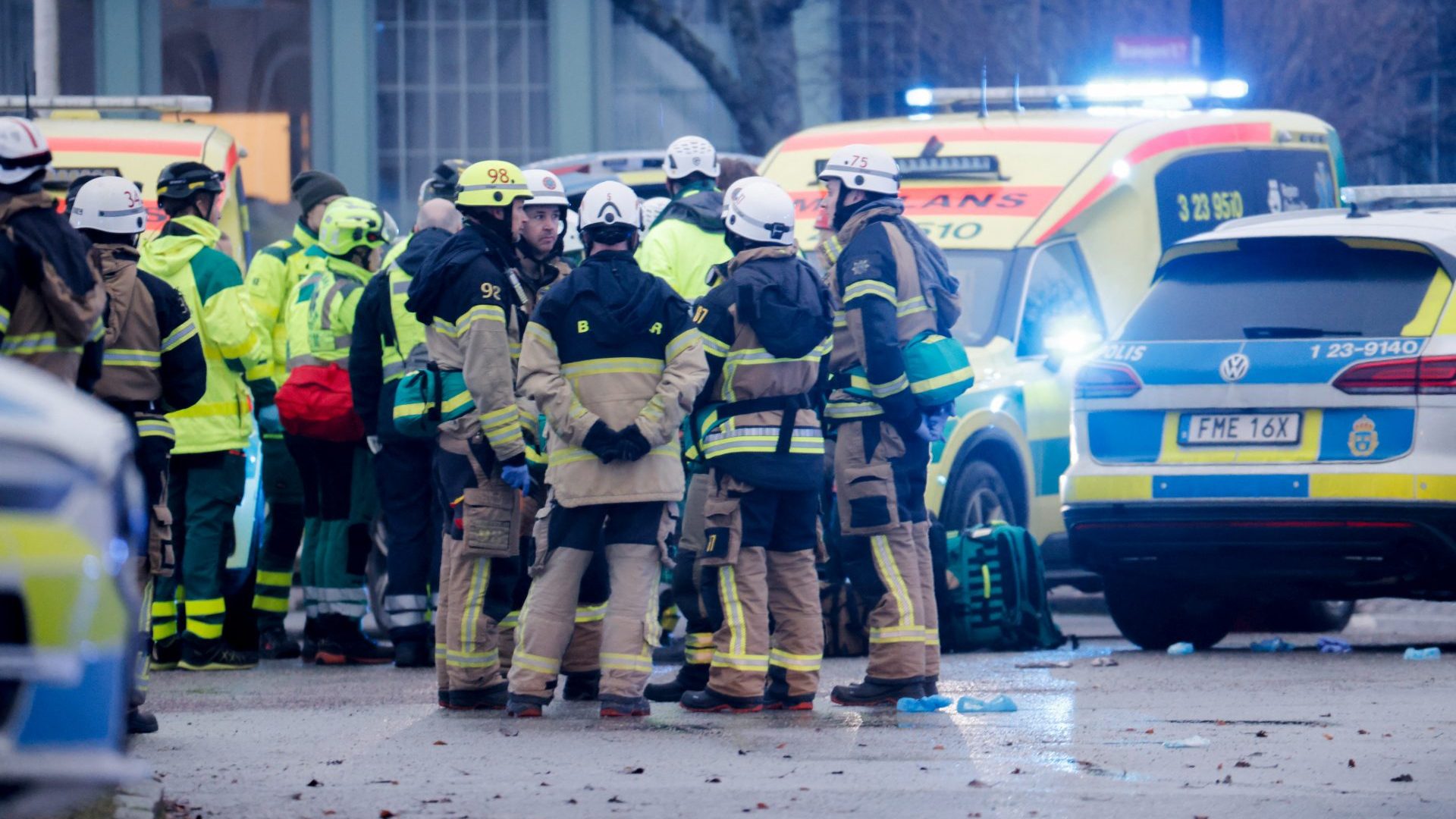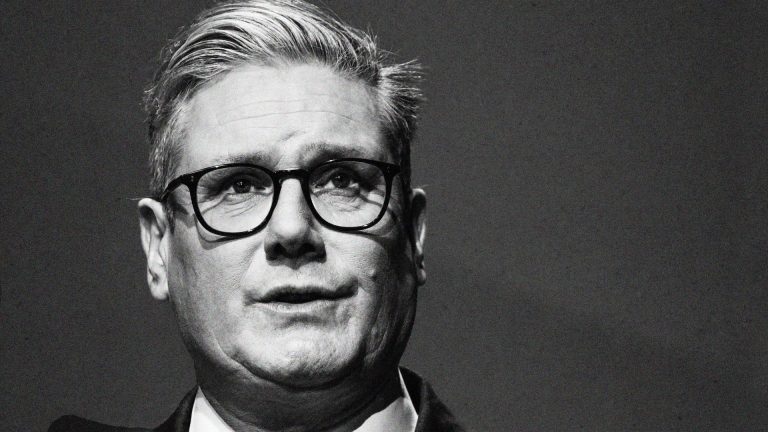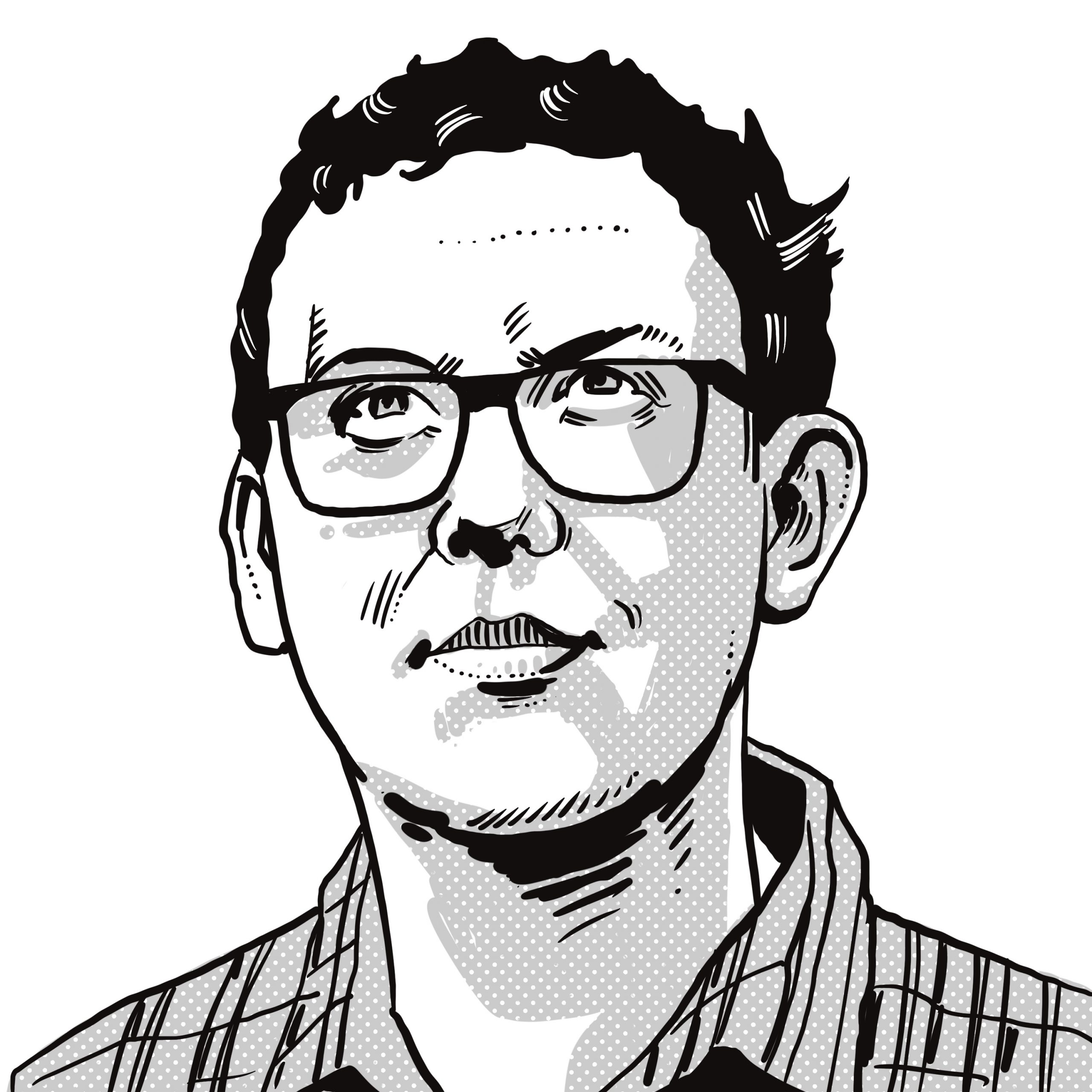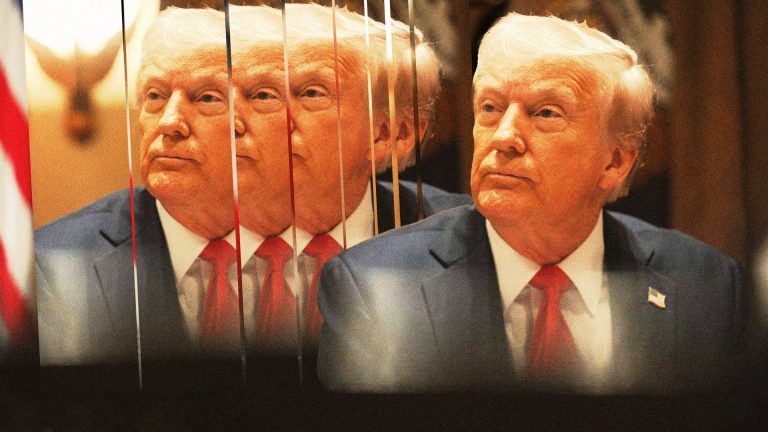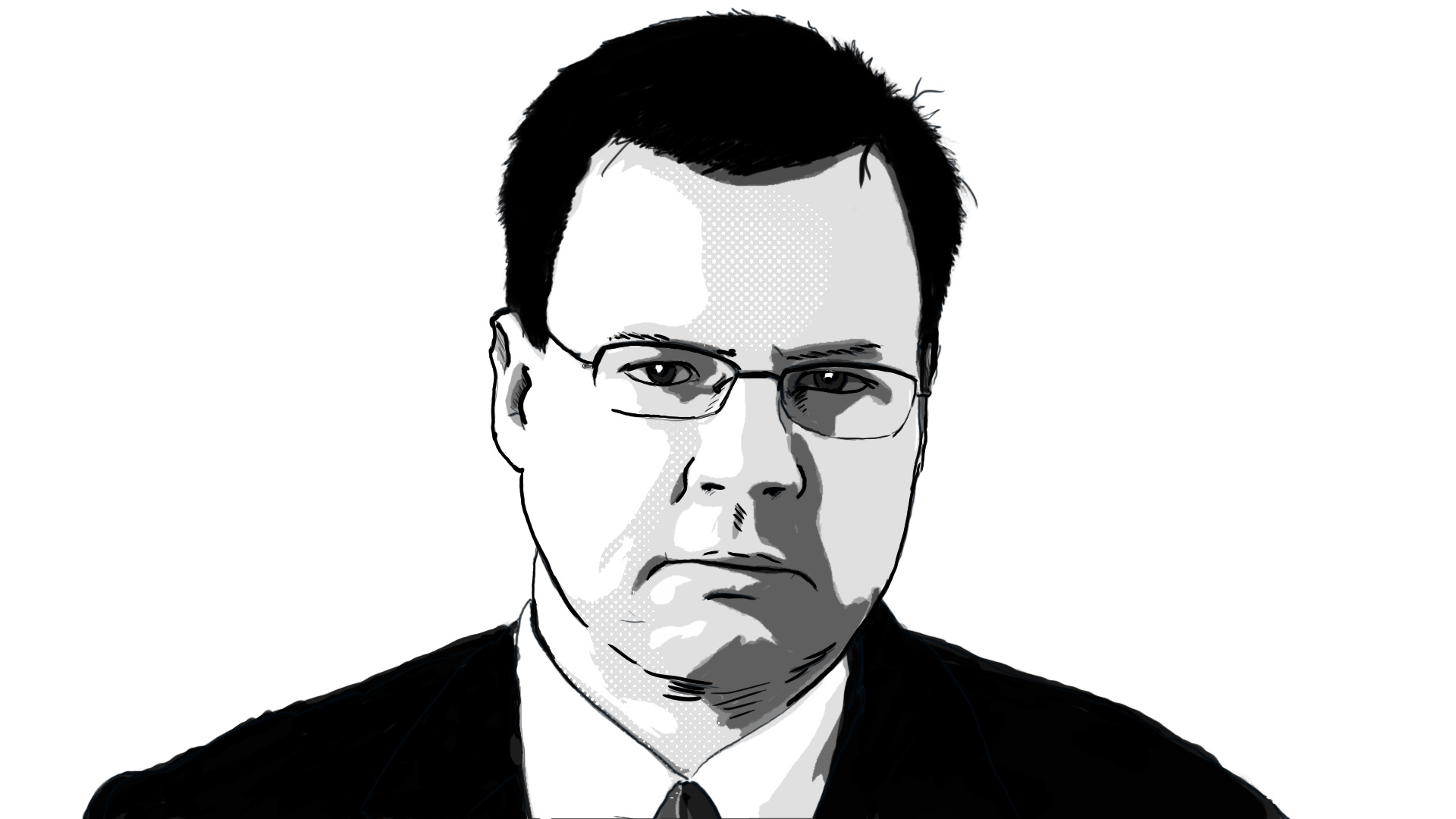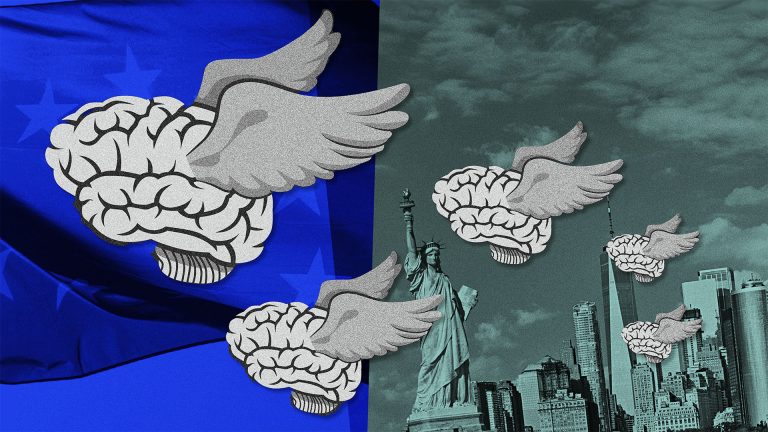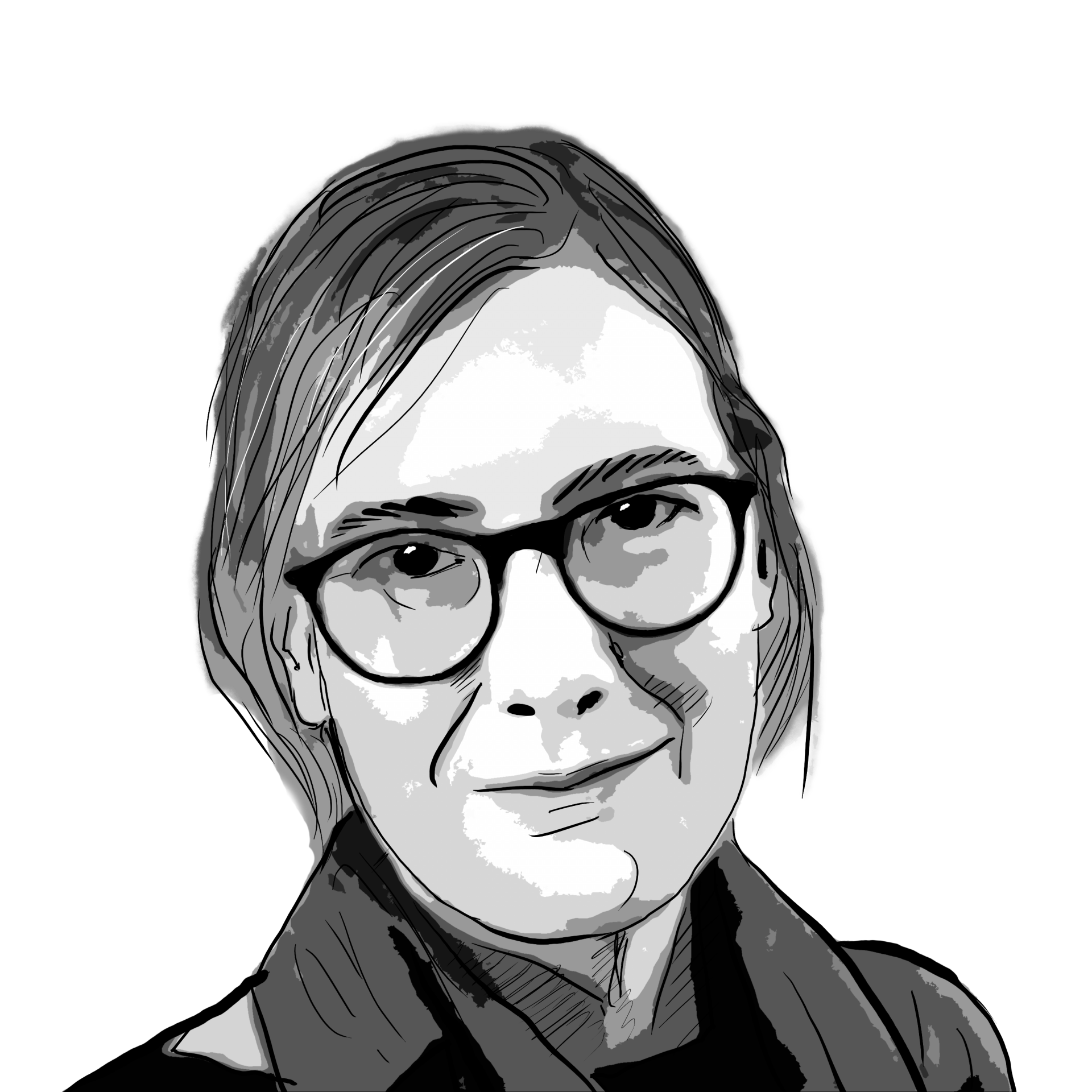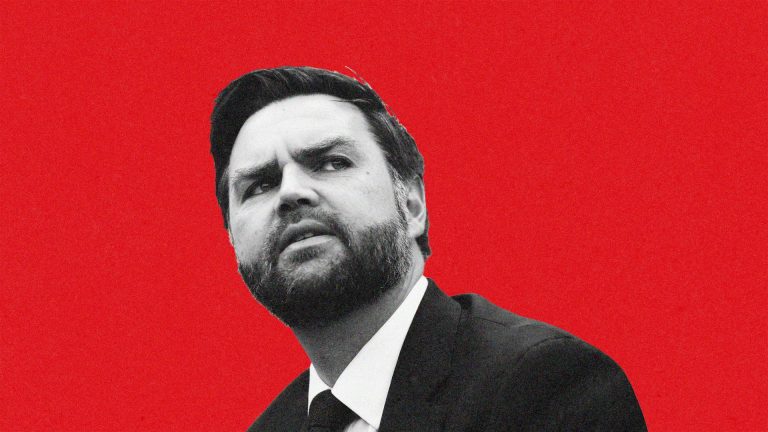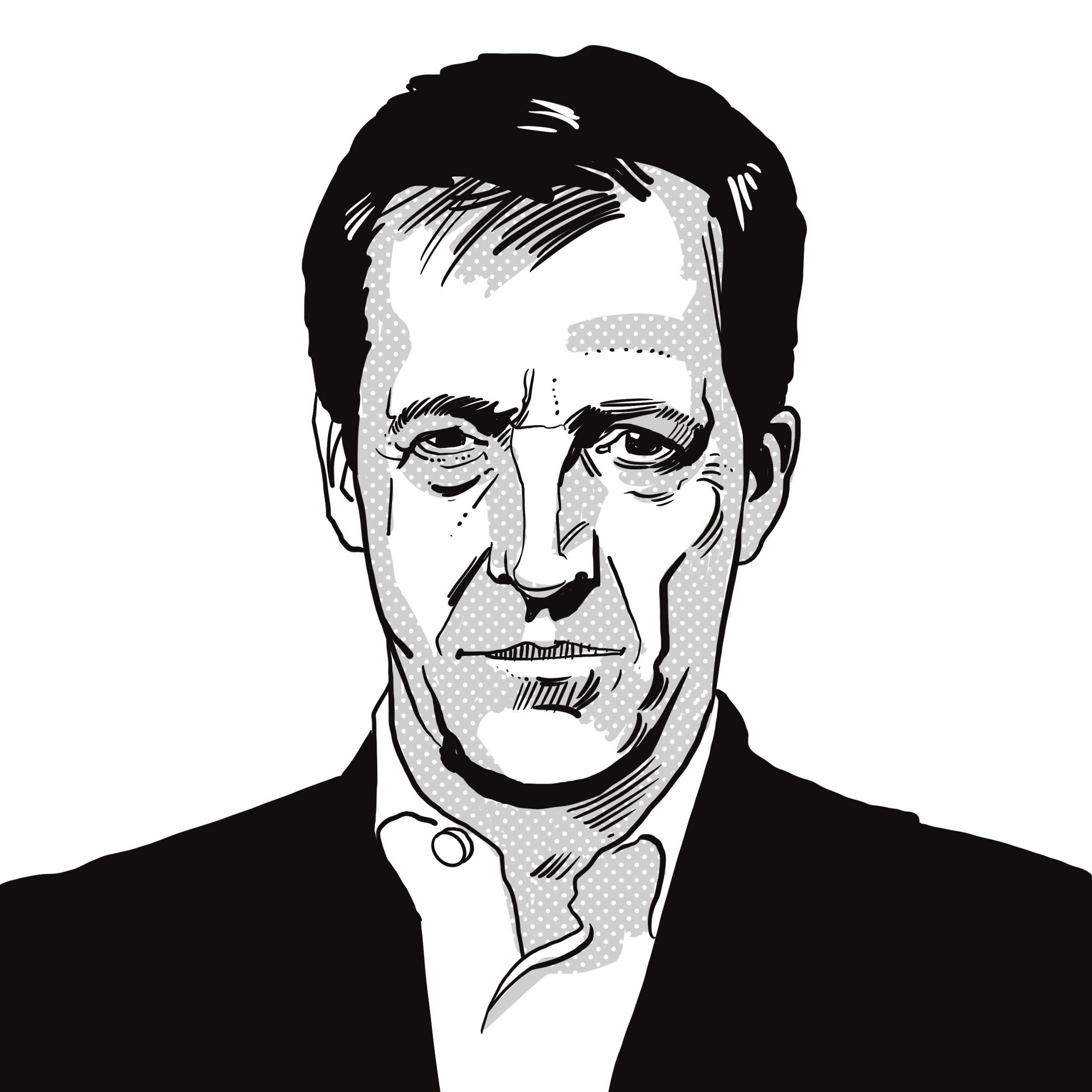Sweden is reeling after an act of terrible violence, which left at least 11 people dead and five seriously injured. Around 12.30 on Tuesday, a 35-year-old gunman walked onto the campus of an adult education centre in the central city of Örebro – around 120 miles west of Stockholm – carrying a guitar case. He went into a toilet and got changed, before emerging armed with two weapons.
The head of the Risbergska Campus described sitting in the cafeteria, eating her lunch, when students came rushing through, telling everyone to run. Videos on social media, filmed from inside the building, showed people outside fleeing as shots echo in the background. Witnesses described helping classmates who had been shot. The corridors were streaked with blood.
Others were trapped inside the school and in nearby restaurants and shops for several hours before the National Task Force, arriving in helicopters from Stockholm, entered and evacuated the buildings. Images on the news showed survivors in blood-stained clothing leaving the school.
Around two hours after the alarm was raised, it was over. The gunman was confirmed among the dead, apparently from a self-inflicted gunshot wound. The police have named him as Rickard Andersson.
At the time of writing, the full picture has yet to emerge, and the suspect has not been formally named. But this much is known: the 35-year-old man had a gun license, but no previous convictions, and was previously unknown to the police or security forces. In a newspaper article, the gunman’s father described him as a loner, who struggled with mental health issues, was socially isolated and had limited contact with his family.
At a press conference, prime minister Ulf Kristersson called it the worst mass shooting in Swedish history, saying, “it is hard to take in the scale of the darkness which now lies over Sweden”. Justice minister Gunnar Strömmer called it, “an event which shakes our entire society to its core”.
It caps a violent and troubling start to the new year for Sweden. Shootings and explosions are at record levels, all part of the ongoing gang warfare that has plagued Sweden in recent years. At a press conference earlier in January, the prime minister acknowledged “we have lost control of the situation – that is all too clear”.
On January 29, Salwan Momika, the man who attracted worldwide attention after he burned multiple copies of the Quran in 2023, was shot to death on his balcony in Stockholm, whilst live-streaming on TikTok.
That murder has been put forward as a speculative cause of the Örebro massacre, especially given the profile of the Risbergska Campus, which offers Swedish language classes and vocational training to several thousand adult students, many of whom are from outside Sweden. But police have said they do not suspect an ideological motive.
Attacks such as these are rare in Sweden, but not unprecedented. In 2022, two teachers were killed in Malmö by an 18-year-old student at the school. In 2015, a man in Trollhättan, armed with a samurai sword, killed three people at a local school in a racially motivated attack.
In 1994, the country suffered two mass shootings in six months — the first, an off-duty lieutenant in the Swedish army who killed seven people with a service weapon in the town of Falun, and the second, a shooting in the entrance of a nightclub in Stockholm which left four people dead. In 2017, a man claiming allegiance to IS drove a stolen truck down Drottninggatan, Stockholm’s central shopping street, killing five people.
Flags across the nation flew at half-mast on Wednesday morning, and while the country may be in a state of shock, many say they are not surprised. More and more schools and workplaces have begun training programmes for incidents like this, and the general mood of fear and uncertainty is palpable.
The fact the gunman held a valid weapon license will certainly come under scrutiny, but the political fallout has yet to really begin, with calls for unity and a coordinated political response to the ongoing wave of violence. As a leader by the editor of Dagens Nyheter, the country’s newspaper of record, read on the morning after the attack: “Seldom has it felt so dark — hold together Sweden.”

